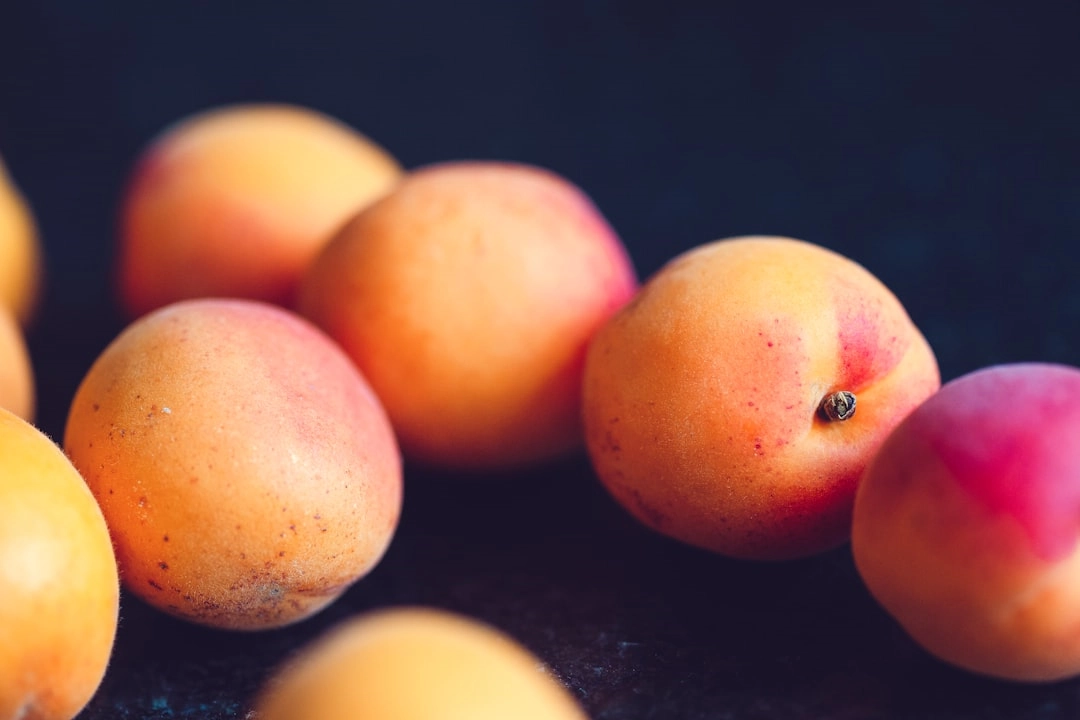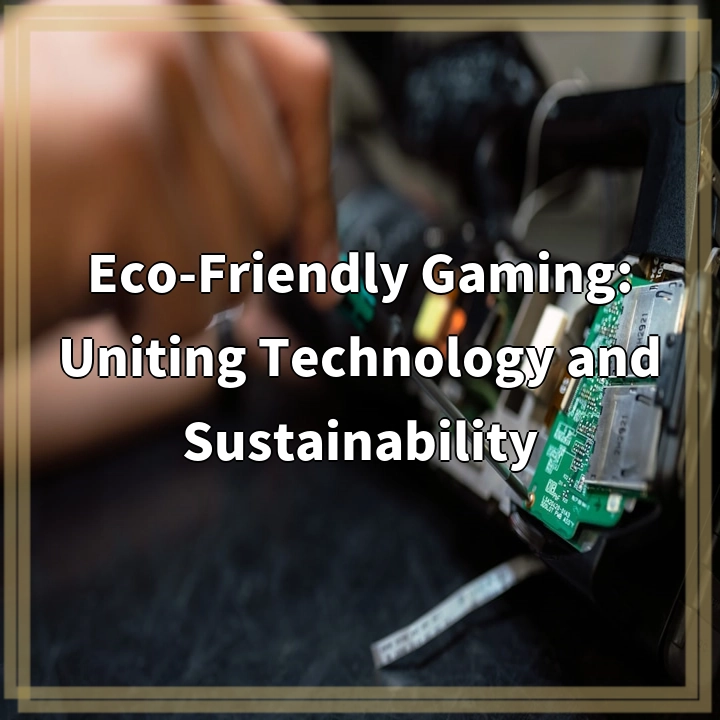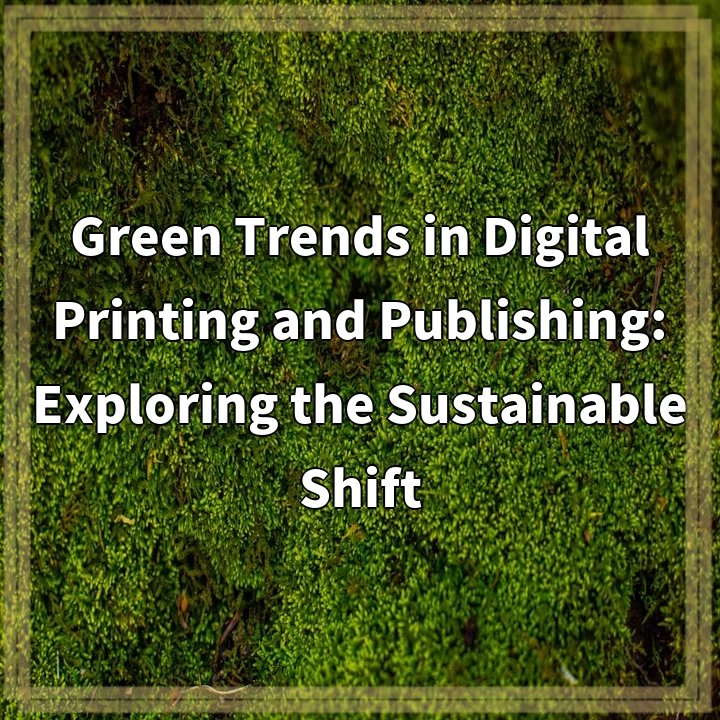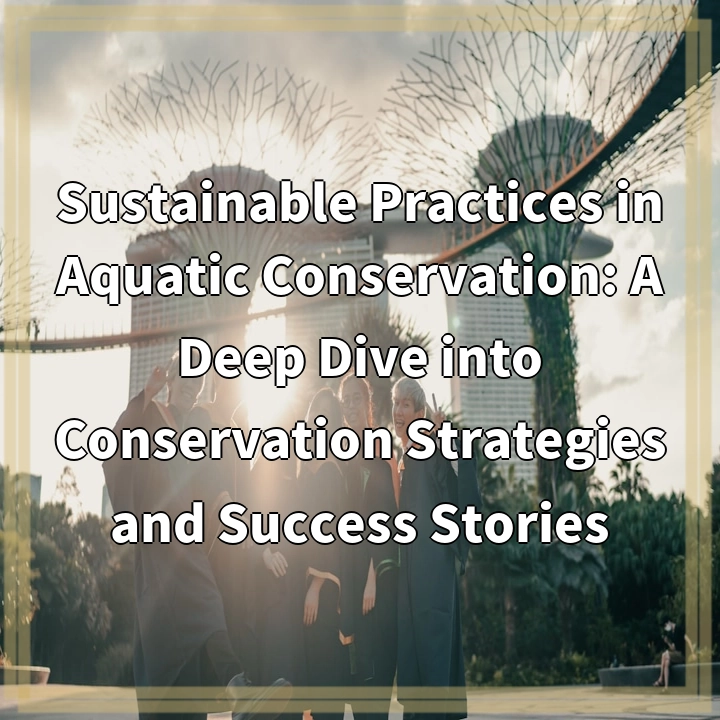
What it is:
Sustainable practices in aquatic conservation refer to the range of strategies and actions aimed at preserving and protecting aquatic ecosystems, including oceans, rivers, lakes, and wetlands. These practices focus on finding a balance between human activities and the health and integrity of these fragile ecosystems.
In essence, sustainable practices in aquatic conservation involve adopting approaches that minimize negative impacts on aquatic habitats, species, and resources, while also promoting the long-term well-being of both the environment and communities that depend on them.
Sustainable practices in aquatic conservation encompass a variety of actions, such as managing and reducing pollution, protecting and restoring critical habitats, implementing responsible fishing and aquaculture practices, promoting sustainable tourism, and raising awareness about the importance of water conservation.
Real-world problems:
Despite efforts to promote sustainable practices in aquatic conservation, there are still significant challenges and issues to address. These problems arise from various sources and have wide-ranging impacts on aquatic ecosystems and the organisms that depend on them.
Pollution:
One of the primary real-world problems in aquatic conservation is pollution. Pollution, ranging from industrial waste and agricultural runoff to plastic debris and oil spills, poses a threat to water quality, biodiversity, and human health. The accumulation of pollutants in aquatic environments can disrupt delicate ecosystems, harm aquatic species, and cause long-term damage to habitats.
Habitat Destruction:
Habitat destruction and degradation are also significant challenges in aquatic conservation. Human activities, such as coastal development, deforestation, and dredging, can destroy critical habitats for fish, marine mammals, and other aquatic species. Loss of habitat reduces biodiversity, disrupts ecological processes, and diminishes the resilience of aquatic ecosystems to environmental changes.
Overfishing and Illegal Fishing:
Overfishing and illegal fishing practices have severe implications for aquatic conservation. Unsustainable fishing practices, including overfishing, bycatch, and destructive fishing methods, deplete fish populations, disrupt food webs, and threaten the livelihoods of fishing communities. Illegal, unreported, and unregulated fishing further exacerbate the problem, making it difficult to manage and conserve fisheries effectively.
Invasive Species:
Invasive species also pose a significant problem in aquatic conservation. Non-native species introduced into aquatic ecosystems can outcompete native species, disrupt natural ecological balance, and cause harm to native plants and animals. Invasive species can lead to the extinction of native species, alter habitats, and affect ecosystem functions.
Climate Change:
Climate change is a growing concern for aquatic conservation. Rising temperatures, ocean acidification, sea-level rise, and changing weather patterns have profound impacts on aquatic ecosystems. These changes can lead to coral bleaching, the loss of polar ice caps, altered migration patterns, and increased frequency and intensity of extreme weather events, all of which have disruptive consequences for aquatic biodiversity and the overall health of aquatic ecosystems.
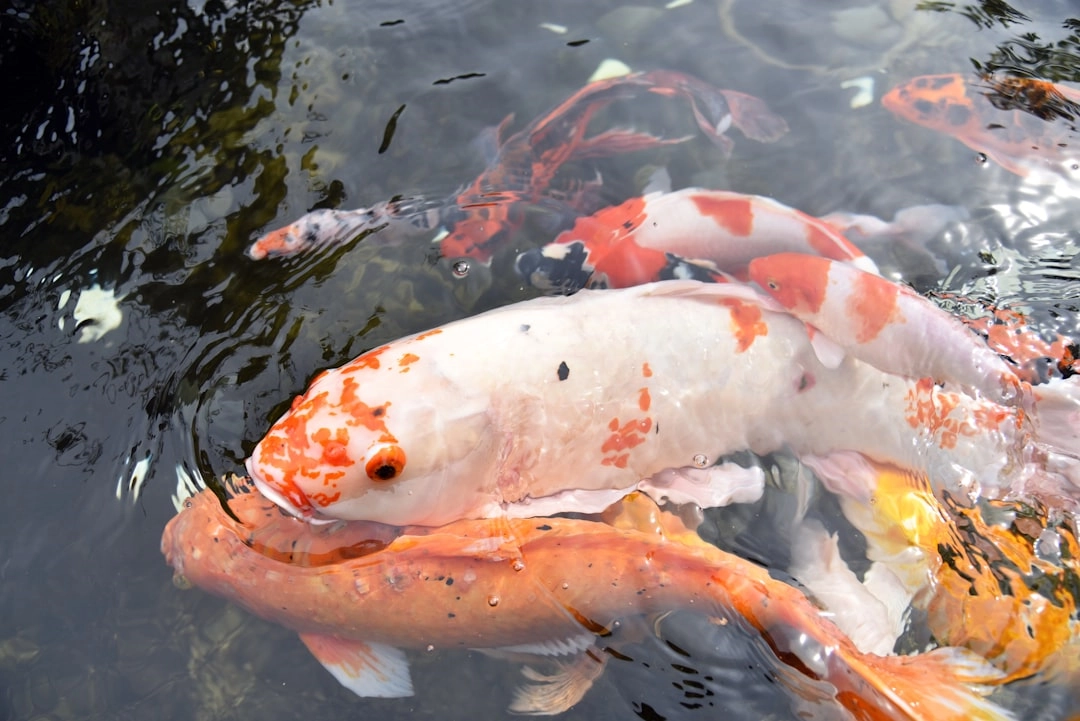
Solutions:
Addressing the challenges and real-world problems associated with sustainable practices in aquatic conservation requires a combination of strategies and solutions. Here are some key approaches that can help mitigate these issues:
1. Pollution Control and Prevention:
Implementing strict pollution control measures, such as wastewater treatment, reducing industrial waste, and controlling agricultural runoff, can help minimize pollution in aquatic environments. Additionally, raising public awareness about the impacts of pollution and promoting sustainable consumption habits can contribute to reducing pollution levels.
2. Habitat Restoration and Protection:
Efforts should be made to restore and protect critical aquatic habitats, such as mangroves, coral reefs, and wetlands. This may involve creating protected areas, establishing marine reserves, and implementing habitat restoration projects to enhance the resilience of these ecosystems.
3. Sustainable Fishing and Aquaculture Practices:
Promoting sustainable fishing practices, such as enforcing catch limits, reducing bycatch, and encouraging responsible fishing techniques, can help maintain fish stocks and protect marine biodiversity. In the aquaculture industry, the adoption of sustainable farming methods, including minimizing environmental impacts, sourcing feed responsibly, and managing waste, is crucial.
4. Prevention and Control of Invasive Species:
Preventing the introduction and spread of invasive species is essential for aquatic conservation. This can involve stringent biosecurity measures, early detection and rapid response systems, and collaboration with international organizations to prevent the transport of invasive species through ballast water and other means.
5. Climate Change Adaptation and Mitigation:
Tackling climate change is vital for the long-term viability of aquatic ecosystems. This includes reducing greenhouse gas emissions, developing climate-resilient infrastructure, protecting and restoring coastal zones, and establishing conservation strategies that consider the impacts and vulnerabilities associated with climate change.
By implementing these solutions and adopting a holistic and integrated approach to sustainable practices in aquatic conservation, we can work towards preserving these invaluable ecosystems for future generations.
